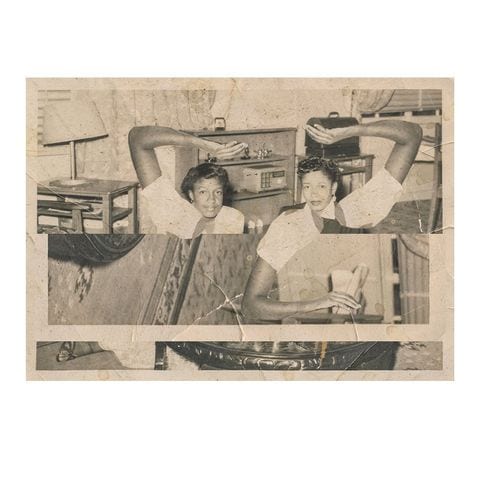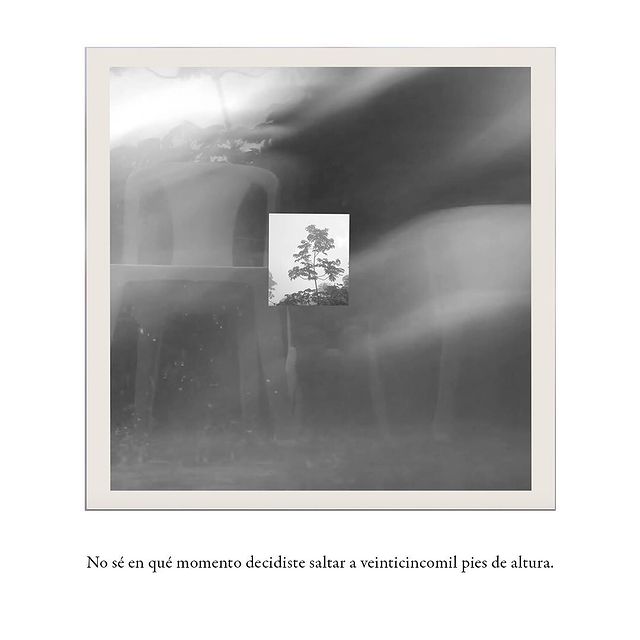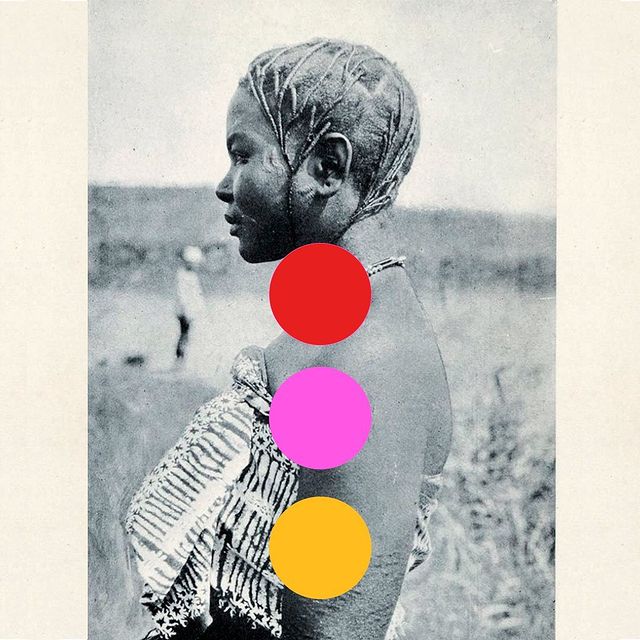
Rewriting imaginaries: the use of text, visuality, and collage
La paz nunca ha sido blanca (Peace has never been white) says one of the last posters that visual artist Sergio Lasso designed. Much of his artistic practice consists of rewriting ideas like this in a country like Colombia. Even if that is a poster with a sentence, he rewrites mostly with appropriate images.
Since graduating as a sociologist, he has nourished his training with readings on the theory of language, signification, and image. One of the techniques to which he has devoted most time and energy is collage. More than cutting and pasting, in his work collage is a space of construction guided by the question of what happens when certain images come together, how ideas can be reconstructed and re-signified.
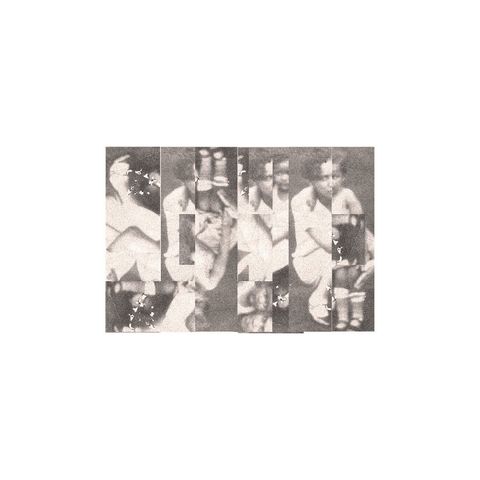
Sergio Lasso
Why did you become interested in collage?
In the beginning, it was a very personal exploration in which I was looking for other ways to give form to reflections that I had built from my academic training and my personal experience. I am interested in collage as a way of constructing, because it starts from this nature in which there are many scattered elements that in theory would have no relationship, but suddenly if they are together, there is something homogeneous and allows you to have different readings of a single image. That happens to me a lot with texts, reflections, it’s my way of understanding things.
Most of the time we think of what is generated as a visual narrative, but I understand it as something a little more ethereal where there are fragments of something that you saw and that stayed there and you decide to bring it to a particular reflection accompanied by a text. That allows me to establish a bridge between an image and textuality. Many times what is written has nothing to do with what you are seeing, but if the two things are together you can build a new image.
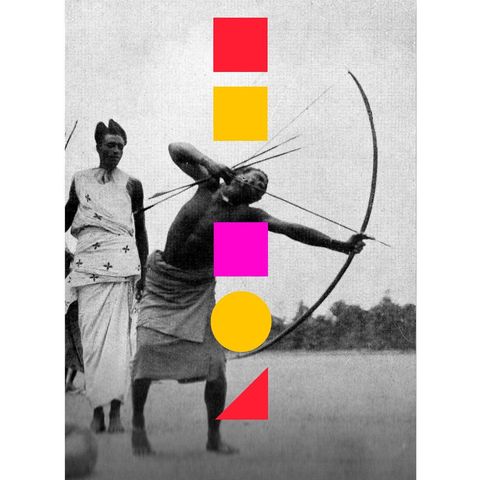
This possible relationship with the text is very interesting. What do you think about it?
Aurora Fernández Polanco says that images should not be left alone. There are moments when the image by itself is so strong and so evident that it doesn’t need anything else around it. But it seems to me that text works as a tool to add meaning. Texts do not describe the image, I am interested in playing with that arbitrary characteristic of language that is like a vacuum. If I put a universal statement, anything can fit in that void. The texts that accompany my images are statements that allow me to fill gaps with other forms associated with language.
Precisely thinking about this reflection on emptiness, one of the statements that accompany a collage says “In the game of language. There will always be a blank space”.
There is a distance between what one thinks, how one says it, and how the context in which the statements were said to make sense to others. I think of the blank space as that which the other is going to put, that is, how what was said is going to be interpreted.
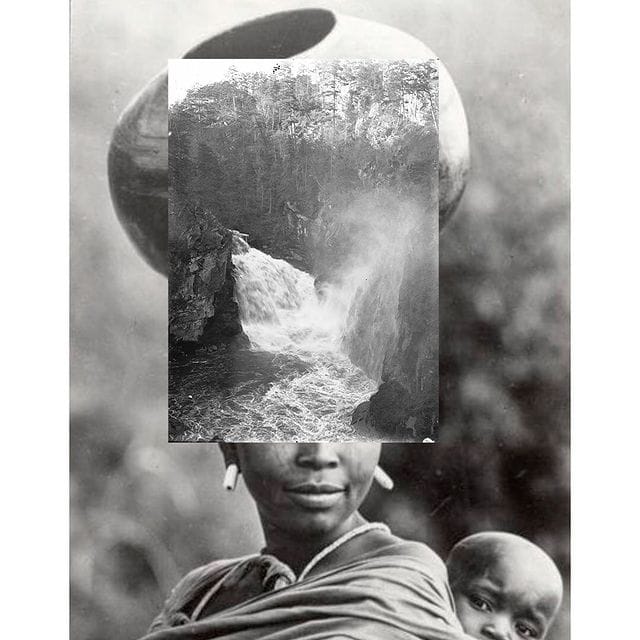
How do you choose the images for your collages?
Some time ago I started looking from sociology how to build a language to say something. I remembered that what most caught my attention during my formation had to do with questions related to identity, language, inclusion, with the fact of understanding that there is a racialized and racist world. Many of these are things that you don’t ask yourself until they touch you. For example, I began to wonder why there were not more black people where I studied.
That’s exactly what is complicated about racism and that is that it is structural, one never ends up understanding why things were like that and when one more or less approaches an understanding one says oh wow, there were other things that I had not understood that were also wrong. In the research for my work, I began to see that certain bodies were absent, of a particular skin color that is also another language.
I want to create a story to understand where this identity comes from. The phenomenon of the diaspora begins at the moment when some peoples are divided and their people end up living in other territories. Wondering how to tell that story, I looked for images in official whitewashed archives such as the British Museum or the Library of Congress. From a politics of the image, I understand that these images do not belong to those archives. Following the collage logic I appropriate those images, as well as other resources, to create new narratives.
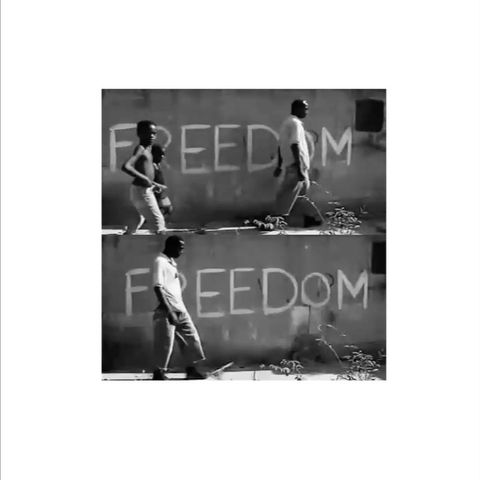
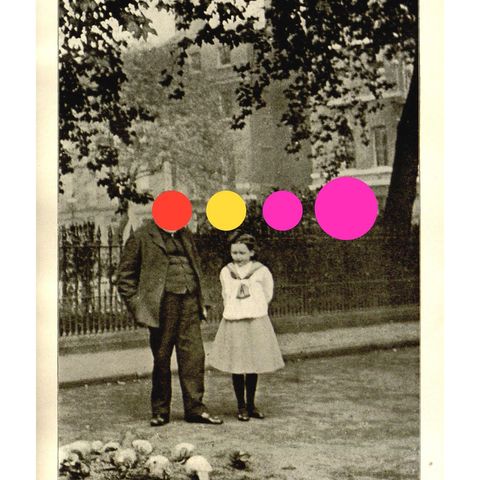
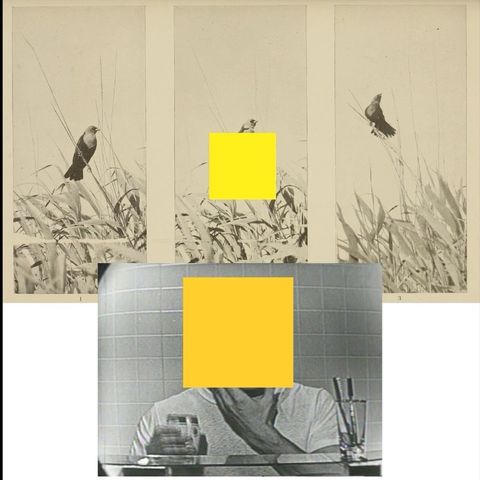
You have started some research related to Afrofuturism, how is it related to your work?
To understand this, the connection is fundamental. I live in Cali, a black city in which the Afro identity is being thought and built from different places that are being re-signified. For me, Afrofuturism goes hand in hand with youth and cannot be understood or assumed outside of a context.
Octavia Butler says that through language we can reconstruct the ways of naming and also the ways of imagining. When you look for archival images of black people or native communities, you usually find images of slavery, it becomes almost a fetish. But we have the possibility of seeing those and other images in other contexts and imagining possible scenarios, of constructing from there another kind of ideal. To say, for example, that black history does not begin with slavery and is not reduced to it.
